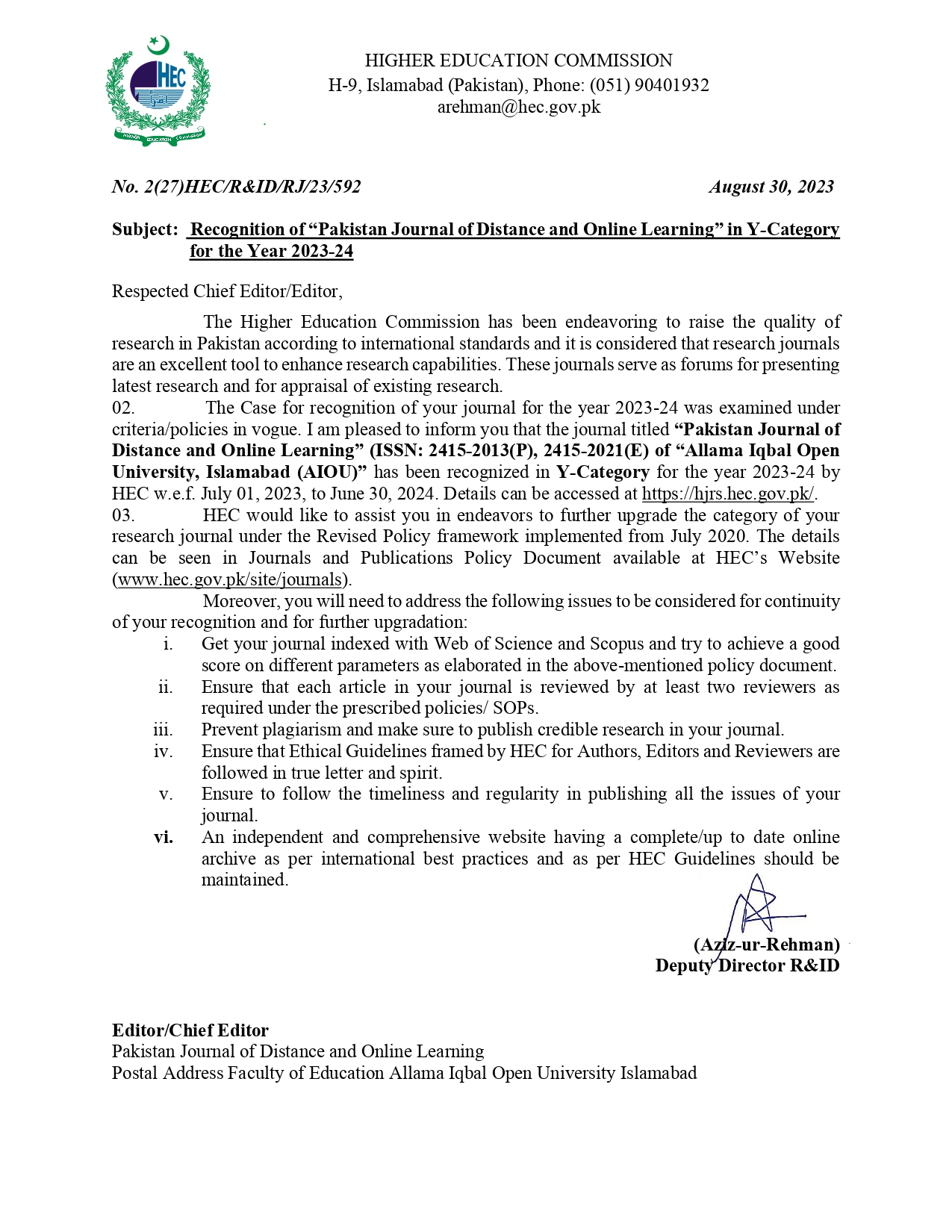Guidelines for Authors
Manuscripts should be prepared according to the following style rules. Failure to comply these rules will result in the manuscript not being accepted for consideration for publication. Manuscripts must be prepared using Microsoft Word and must be typed using Times New Roman 12 pt and single-spaced. Manuscripts should be clearly and concisely written in English.
Research articles:
The length of the paper should not exceed 20 pages. Paper containing more than 20 pages, will be returned to the author(s) to abridge. Articles should be typed in single-spaced (including footnotes and references) with 1-inch margins on all sides. Major headings should be uppercase and appear flush left on a separate line. Subheadings should be indented and end with a period, with the text continued on the same line. Only the first word of subheadings should be capitalized. Research articles should present innovative research that clearly addresses selected hypothesis or question. Papers should not exceed 20 pages.
A Research article should be divided into the following sections:
- Title page
- Introduction
- Literature Review
- Methodology
- Results and Discussion
- Conclusion
- Acknowledgement (if any)
- References
1. Title page
This page should provide the title of the article, list the full names, institutional addresses and email addresses of all authors. It should also include an abstract. The abstract should be brief, informative and easy to understand. It should be 150 to 200 words in length.
The title page also includes 3-5 key words. Further details are as:
i. Title
Title should be concise and informative. Try to avoid abbreviations and formulae where possible.
ii. Author’s names and affiliations
Please indicate the given name and family name clearly. Present the authors’ affiliation addresses below the names. Indicate all affiliations with a lower-case superscript letter immediately after the author’s name and in front of the appropriate address. Provide the full postal address of each affiliation, including the country name and e-mail addresses each author.
iii. Abstract
A concise and factual abstract is required (maximum length of 150-200 words). The abstract should state briefly the purpose of the research, the principal results and major conclusions. Abstract should be in italic using Times New Roman 10 pt and single-spaced.
iv. Keywords
Immediately after the abstract provide a maximum of 3-5 keywords, avoiding general and plural terms and multiple concepts (avoid, for example, ‘and’, ‘of’).
2. Introduction
This section should contain the objectives of the research, the researches leading up to the study, the definition of the problem, hypothesis or research questions and important literature on the subject. Divide article into clearly defined and numbered sections. Subsections should be numbered 1 (then 1.1, 1.1.1, 1.1.2), 1.2, etc.
3. Literature Review
Literature review should comprise of comprehensive analysis of scholarly articles, books, theses/dissertation and other academic resources related to topic of research paper. It should reflect a picture of work already done on the given topic. Theoretical framework of research paper should also be part of literature review.
4. Methodology
It should describe the research design, the type of subjects or materials used. It should precisely describe the sample, selection of the sample, data collection tool & its administration and data analysis techniques.
5. Results and Discussion
This section should correctly describe the outcomes of the data analysis. Further this section should explain findings suggested by the obtained results and indicate their importance to existing and future research. The Results and Discussion sections can be combined and can include subheadings where appropriate. Also place all tables and figures in the manuscript appropriately. Each table should be numbered uniformly with Arabic numerals in the order in which they are cited in the text. They should be given brief explanatory title placed at the top of the table. Tables should not duplicate data contained in the text.
6. Conclusions
The conclusion section should briefly state the main conclusions of the work and indicate their significance and relevance. This section can be merged with the discussion section. However, in such a situation, the discussion should stand separated from the result section.
7. Acknowledgment (if any)
Persons and colleagues that contributed to the work, but, do not meet the criteria for authorship should be acknowledged. All financial supporters must be acknowledged. Consent and approval should be received from concerned persons or organizations before acknowledging them in the article.
8. References
Author(s) should follow the latest edition of APA style in referencing. Please visit www.apastyle.org to learn more about APA style. References should be arranged first alphabetically and then further sorted chronologically if necessary. More than one reference from the same author(s) in the same year must be identified by the letters “a”, “b”, “c”, etc., placed after the year of publication. Please ensure that every reference cited in the text is also present in the reference list (and vice versa). Avoid citation in the abstract. Unpublished results and personal communications should not be in the reference list, but may be mentioned in the text.





